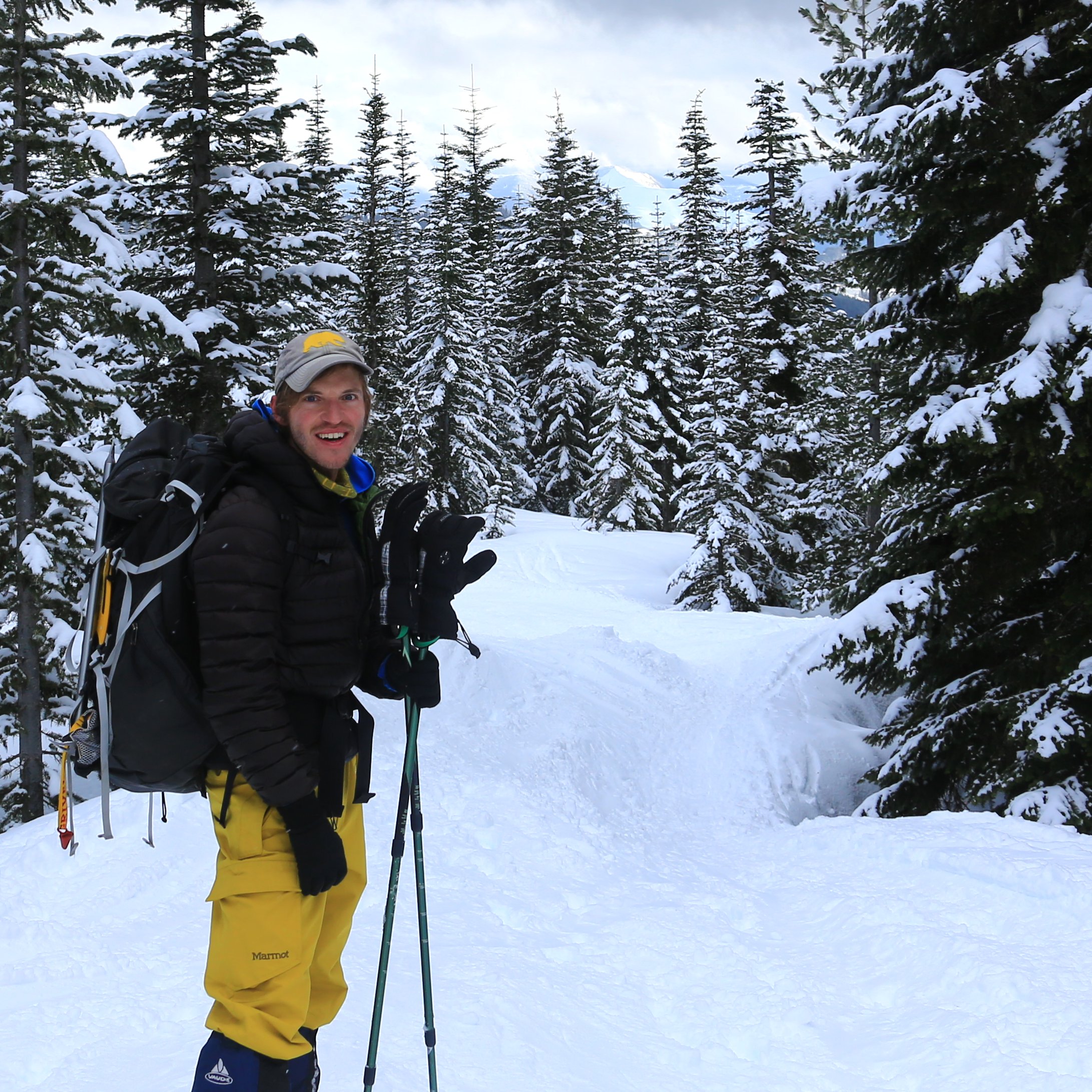
Michael is originally from a country that no longer exists- the GDR. He discovered Biology as a toddler and Physics as an undergrad, where he first merged his interests which led him to pursue his PhD in the Cellular Machines group, at the TU-Dresden and the Max Planck Institute of Cell Biology and Genetics in Germany. He used an Atomic Force Microscope to measure the adhesion force of two isolated zebrafish germ layer progenitor cells and relate these data to the actual cellular reorganization of the three organ precursor cell types. From there, he went to Stanford to study the sense of touch in the nematode C. elegans, built novel optogenetic tools to visualize mechanical stresses in neurons and during development and write a photo-book about American National Parks.
Michael’s lab at ICFO will work to expand the palette of optogenetic tools to infer forces and deformations during mechanosensation on the level of a single molecule in a living animal. In collaboration with various groups, he will look deeper, faster and narrower to visualize the molecular machines that stabilize neurons of the central and peripheral nervous system against mechanical stresses and allow them to remain functional for an entire lifetime.
When Michael is not in the lab, you will most likely find him hanging on some cliffs, gobbled up by cracks or tucked behind his camera. With a love for travel and adventure, had he been born in a different age and time, he may have become an explorer and companion of Alexander v Humboldt in his explorations of the South American continent.
 orcid.org/0000-0003-0501-5036
orcid.org/0000-0003-0501-5036